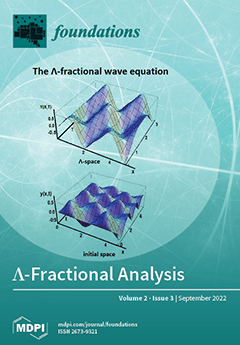The accurate monitoring and early warning of coal and rock dynamic disasters become challenging in complex geological environments. Mostly, the signal information contains interferences, which misguides the technician, and thus leads to inaccurate monitoring results. To reduce the influence of interference signals, the
[...] Read more.
The accurate monitoring and early warning of coal and rock dynamic disasters become challenging in complex geological environments. Mostly, the signal information contains interferences, which misguides the technician, and thus leads to inaccurate monitoring results. To reduce the influence of interference signals, the synchronous response of the acoustic emission (AE) and electromagnetic emission (EME) signals before the failure of coal specimens during uniaxial loading was investigated in this study. Additionally, the coupling relationship between
M value, AE energy/AE ringing count per unit time, and the damage of coal is established, and the early warning index of AE and EME (
R value) was computed and verified through the field investigations. The results show that a strong synchronization of the acoustoelectric signals occurs only after the specimen enters the strain strengthening area. The analysis of the obtained results showed that the
M value of the AE-EME synchronous response signal represents a strong degree of damage occurring in the coal body, however, this is still subject to false alarms. In contrast, the analysis of the
R value accurately helped in determining the damage evaluation, thus, it can be regarded as one of the precursors of the imminent failure of coal. With
R > 1, the specimen is closed to the failure state, thereby dangerous regions are identified with a dense concentration of
R > 1 events. The obtained
R value index through on-site AE and EME monitoring corresponds closely with the stress distribution cloud map of the roadway. It is inferred that the anti-interference ability and the reliability of the
R value index are stronger than the routine early warning indicators of the single-AE or EME energy.
Full article



